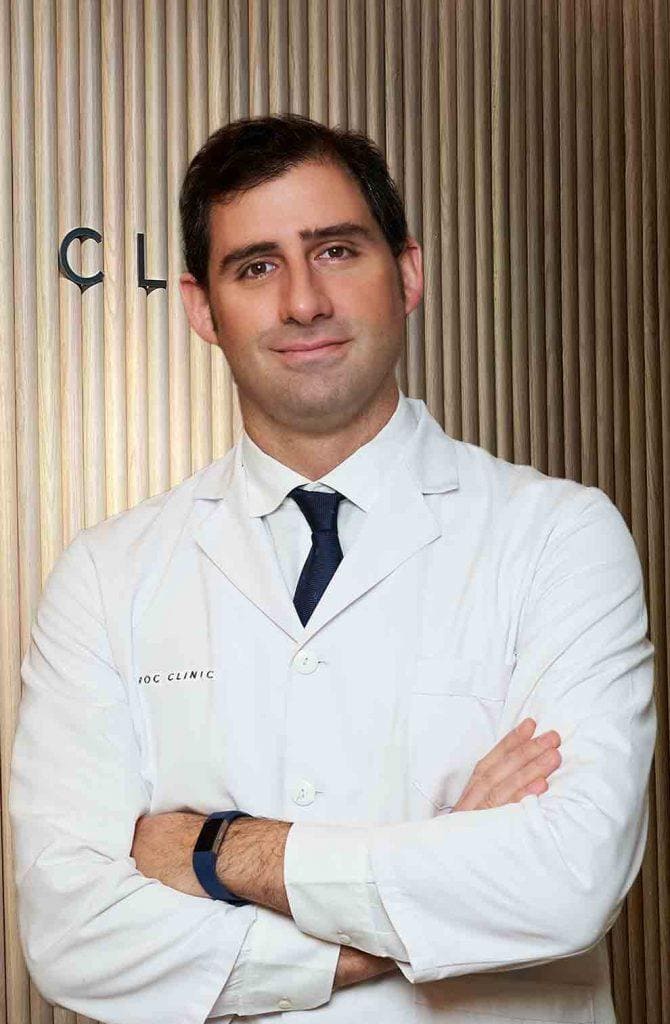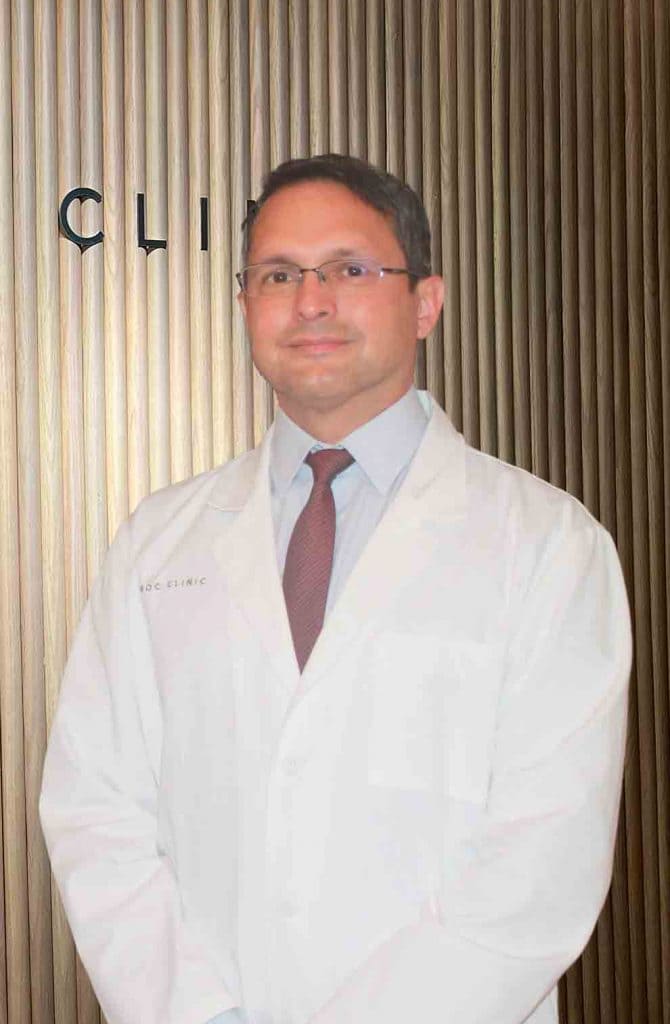Treatment Testicular Cancer
Testicular tumor has high cure rates due to early diagnosis and good response to treatment.
The standard treatment of testicular tumor consists in the removal of the testicle through an incision in the groin. In the same surgery, a testicular prosthesis can be implanted for cosmetic purposes.
- Super-specialized urologists
- Personalized treatment
- Minimally invasive approach
- More than 16,000 patients successfully treated
Testicular cancer treatments
The testicular tumor has high cure rates due to good response to surgical and chemotherapy treatments., early diagnosis and uro-oncology uro-oncology treatment.
Orchiectomy
The standard treatment for testicular tumor is radical orchiectomy via the inguinal route. It consists of removing the testicle through an incision in the groin to avoid opening the skin of the scrotum and to avoid the change of the lymphatic drainage that would cause tumor cells to come out.In the same surgery, the implantation of a testicular prosthesis can be performed for aesthetic purposes, which does not contribute extra comorbidity nor deteriorate the oncologic results.
Once the testicle has been totally or partially removed, it is referred to pathological anatomy for examination. Through the analysis we can determine the type of lesion in order to consider further treatment. Although treatment is not usually necessary in early stages of the disease, it is advisable in some types of tumors or if the cancer has left the testicle.
Conservative surgery
Conservative surgery is lumpectomy or excision of the tumor only, preserving the rest of the testicle. This procedure is only indicated in patients with tumors in both testicles or in patients with only one testicle, with normal testosterone levels, as long as the tumor does not occupy more than 1/3 of the testicular volume.
Lymphadenectomy
Retroperitoneal lymphadenectomy consists of removing the metastatic lymph node mass or the lymph nodes surrounding the great vessels (aorta artery, vena cava) up to the renal arteries. Efforts must be made to preserve the ejaculatory nerves.
Chemotherapy
Testicular tumors are very chemosensitive, so good results are obtained with the administration of chemotherapy, even if there is metastatic seeding of the disease. Chemotherapy is administered prophylactically after orchiectomy in high-risk patients or to treat disseminated disease.
Radiotherapy
Radiotherapy is only useful in seminomatous tumors because of their high radiosensitivity.
After treatment, close follow-up with tumor markers, CT and scanning is required to rule out tumor recurrence.
They ask us in the Consultation
When is the use of robotic surgery recommended?
Robotic surgery is recommended in a variety of situations where its advantages can significantly improve patient outcomes compared to traditional open or laparoscopic surgery. It is considered especially beneficial in complex procedures where high precision and surgical dexterity are required in confined spaces, in patients with comorbidities and/or when urinary or erectile function is sought to be preserved.
I notice a lump in my testicle, could it be a tumor?
It can be many things. Testicular tumor is rare, but we know that a timely diagnosis is almost 100% curative. Therefore, ask for a visit so that we can explore you and do an ultrasound.
Can testicular tumor be cured?
Yes, the vast majority of testicular cancers are curable. The earlier we make the diagnosis, the better the chances of cure with minimal treatment.
What is the treatment for testicular cancer?
First we perform surgery to determine the type of tumor and its local extension. Then, depending on various factors, other treatments may be necessary.
Team of the Testicular Cancer Unit
Newsof ROC Clinic in Testicular Cancer
Research
Metastatic testicular cancer presenting with hematuria and flank pain


 +34 912 627 104
+34 912 627 104 Contact
Contact








